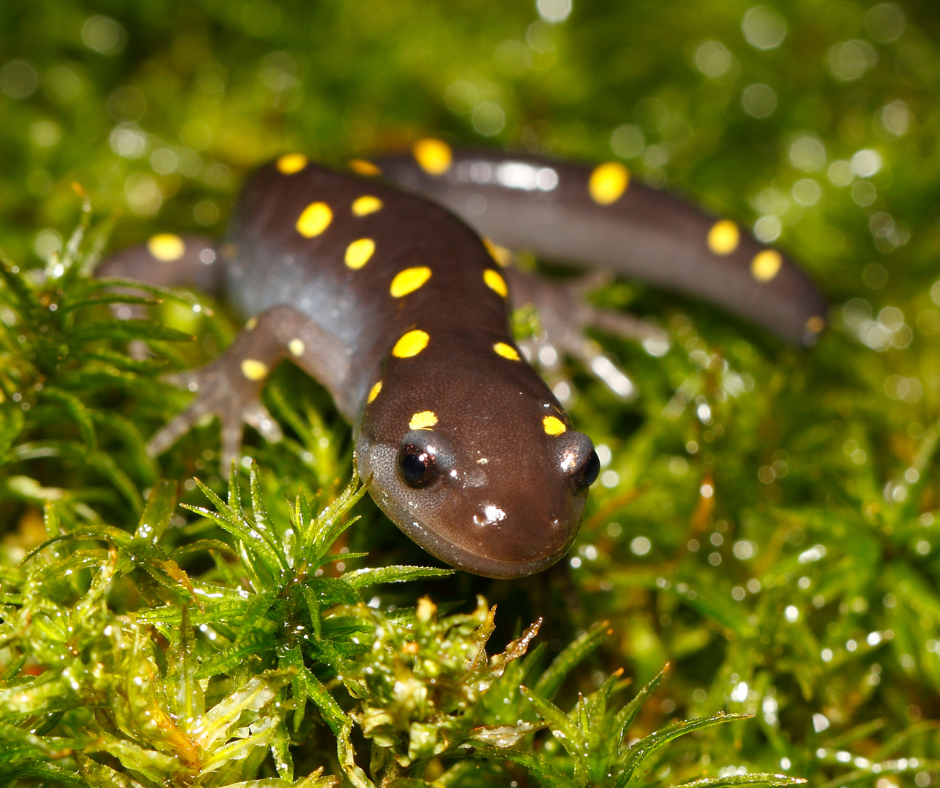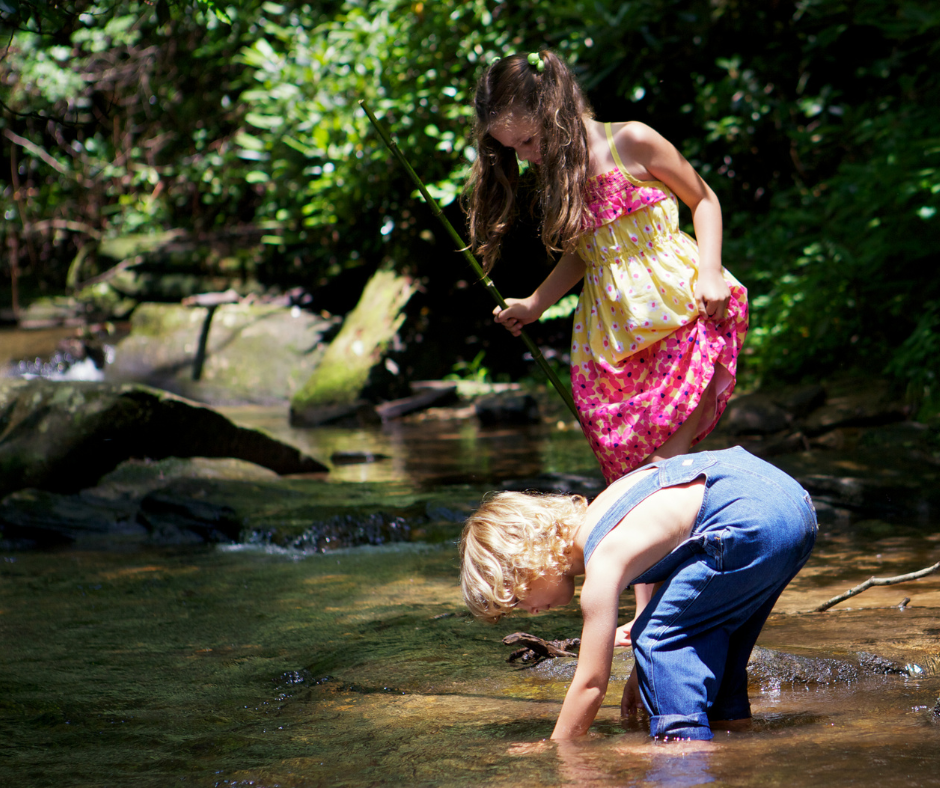A bioblitz is a great way to find out what plants and animals live in a specific area. By learning about the local biodiversity in an area you not only gain knowledge but appreciation.
A bioblitz is a form of citizen science that helps local scientists learn more about the plants and animals in a given area.
This helps them track environmental issues such as climate change and population increases or decreases.
What is a BioBlitz?
A bioblitz is looking for as many species as you can find in a short amount of time. They can be done with an organized group, with a homeschooling group, or with your family in the backyard.
Sometimes parks or museums sponsor bioblitzes for the community. A bioblitz empowers citizen science.
The word is a combination of Bio - the study of life and Blitz - a burst of energy!
What is Citizen Science?
Citizen science is really important and a way that every one of us can actively help the scientific community.
It is when the public participates in gathering scientific knowledge.
You can share and contribute to studies in your area. This adds information to data monitoring and collection studies.
Citizen science benefits researchers because they can get more data across a broader area and it’s free for them!
Smartphones allow citizens to share pictures, GPS locations, and weather conditions.
Do I Have to Report Information During My Bioblitz?
No. You may choose to do a bioblitz just to satisfy your own curiosity, have a fun family activity, or just for your own education. I know one family who did a BioBlitz in their backyard as a practice round before joining one at a local state park.
However, many bioblitzes are set up with a specific goal in mind. So by reporting the information you find you are in turn contributing to the scientific knowledge base.
You may see an Eastern Box Turtle like my buddy Smash. Smash is an education animal because he is nonreleasable. It’s important to record the movement of box turtles because they are declining in population. Read our article on Turtle Homing Instincts.
iNaturalist
Download the app iNaturalist onto your smartphone. iNaturalist is a joint initiative of the California Academy of Sciences and the National Geographic Society.
They share findings of citizen scientists just like you with global scientific data repositories.
You can also use iNaturalist to learn about nature and get help from a scientist to identify what you have found.
Things To Remember When Doing a BioBlitz:
Respect Animals - observe but don’t disturb
Know what poisonous plants look like
Know if there are any venomous snakes in your area or other dangerous animals
Roll logs and stones towards you - that way any frightened animals hiding underneath can escape and not feel threatened.
Stay on established paths so that you don’t trample plants.
Things To Bring On Your BioBlitz
Cameras, drawing supplies, and notepads.
Measuring tools such as a ruler or tape measure
Spying tools to see better. Binoculars and magnifying glasses.
Bring water, snacks, and a first aid kit just in case.
Adopt a Spot
Typically a BioBlitz is a one-day event. However, your family or small group may want to adopt a spot.
This may be a backyard or a local park. You might decide to spend thirty minutes in your spot each month. This will be focused on bioblitz time.
If you need a checklist you can download this one from National Geographic.
Step by step
Talk about what animals and plants you might find
Everyone should have paper and pencils or crayons to record what they see
Each person can find a spot the size of a hula hoop. You can even take a hula hoop place it on the ground and call that your spot
Initially, you should stand and look down on your spot. Record what you see
Take a deep breath – what do you smell
Close your eyes what do you hear
Now sit or kneel down next to your spot
Write down or draw your observations
The goal at this stage is to observe – not necessarily know what the object is.
Describe what you see – the shape color and texture and write it down.
It’s ok if you don’t recognize a species. Take notes/pictures and you can look it up after your boiblitz.
What Questions Should You Ask?
Scientists ask questions so they can learn things. You want to learn things too.
How many species of animals and plants live in my spot?
What do they do when there are no people around?
What happens to them at night?
Where do my plants/animals get food?
Be A Detective
Look under and around things such as rocks, flowerpots, and lawn furniture.
Turn on an outdoor light and observe the insects that it attracts.
Look closely at the tree trunk for insects.
Shake pinecones onto a sheet to see if any insects come out.
Place leaf litter on a plate and sift through it.
Look around decomposing logs for fungi and insects.
Use a colander to look for bugs and small fish in a stream.
Where to Find a BioBlitz?
Bioblitz’s happen all over the world in national and state parks, museums, and environmental education centers.
You can check the Community Tab on the iNaturalist app.
In the United States, the National Park System has bioblitz’s around the country.
In Wisconsin, the Milwaukee Public Museum hosts a bioblitz each year.
I suggest you ask your local park, museum, or zoo if they sponsor any bioblitzes in your area.
Author, Ame Vanorio, is the director of Fox Run Environmental Education Center, and a big fan of citizen science. She is currently helping as a volunteer on a prairie restoration project.




Hands-on science experiments are the best because they provide an unparalleled learning experience that engages students at a deeper level. Unlike traditional textbook learning, where knowledge is acquired passively, hands-on experiments encourage active participation and critical thinking.